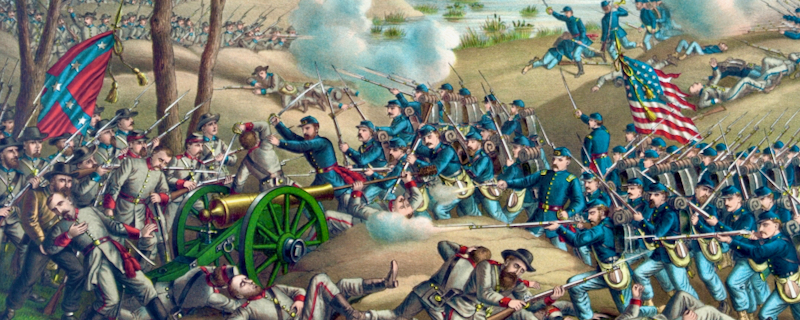During the Civil War, soldiers flanked tightly in a line would march toward the enemy on the battlefield. Inevitably, so many would fall down — dead or seriously injured. These historical images of waves of painful destruction imprinted on the minds and hearts of so many, even today.
Sometimes conversations, especially with family members or close friends, result in exchanges where people feel like they’re “being shot down”: misunderstood, unheard, even devalued. Leading to frustration and exasperation, perhaps with even more dangerous thoughts turning to depression and hopelessness.
When a first-wave attempt at communication fails — resulting in an unsatisfactory response from someone with whom you are attempting to connect — consider this option: Rather than immediately shutting down or walking away (fostering disappointment, even resentment), deploy a second wave of communication.
During the War Between the States, when a line of soldiers was shot down, immediately a second line of soldiers would appear behind them, and continue marching toward the enemy, and so on. The idea behind your second wave is just because you do not feel heard, doesn’t mean you are not worth hearing or valuing. By deploying this second wave you are valuing yourself. While you are not often facing an actual enemy, you may be battling an internal thought that tells you, “You have no right to your voice.” The second wave challenges this concept.
The second wave serves when engaged in a conversation and the target of your communication doesn’t appear to understand or care what you are saying.
When you feel shot down, instead of disconnecting in quiet resentment, rally your second line of defense. State that you didn’t feel heard, or that you felt misunderstood.
This is less about making the other person see, hear and understand you, as much as giving yourself a second chance, an opportunity to clarify or refine what you were attempting to express.
People have all kinds of ways of communicating. Sometimes a first go-around creates confusion or unintentionally lacks clarity.
Sometimes your second wave will meet with success. Your listener responds something like, “Ah, I get it now. It wasn’t so clear to me before.”
And then there are times when the second wave produces no results.
But one thing is for sure. If you apply the second wave, and then you disengage, you will know you made a true attempt to express yourself, gave yourself another shot at being seen and heard. Your eventual exit underscores your self-respect and dignity.
The second wave speaks more more about how you value you, rather than your value being defined by someone else.
